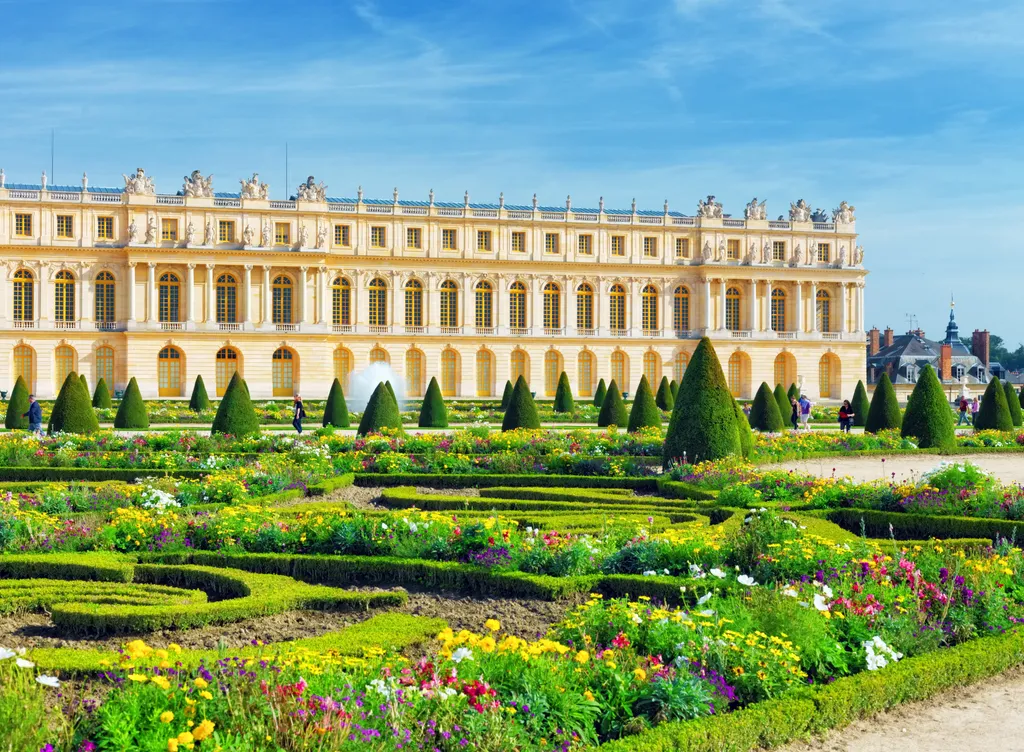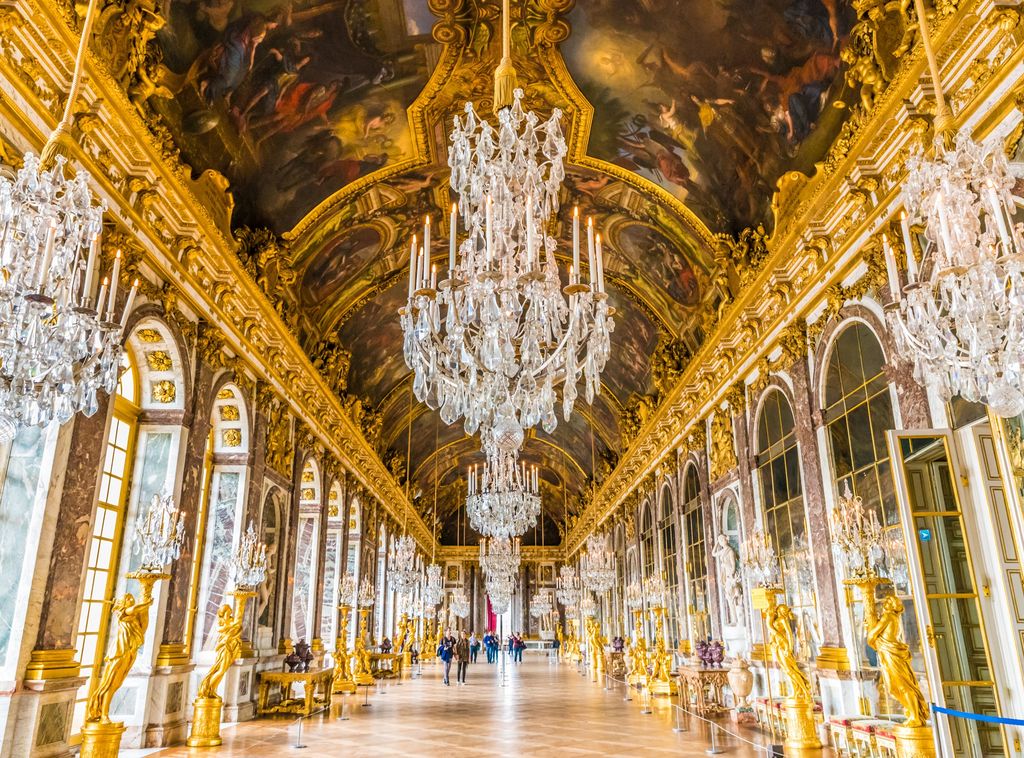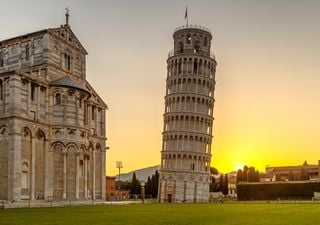The Palace of Versailles: a new victim of global warming?
The Palace of Versailles, a symbol of the greatness of the French monarchy, is today facing a major challenge: climate change.

The impacts of climate change do not spare historical monuments: despite its 400 years of history, the Palace of Versailles is increasingly suffering the effects of rising temperatures, episodes of drought and increasing sunshine.
To deal with this, a research program has been launched in partnership with four other European institutions. It aims to assess the consequences of climate change on the collections and decorations of historic residences, as well as to propose concrete solutions to preserve them.
A direct impact on the sculptures and decorations
The effects of global warming on historical monuments are multiple. In Versailles, despite a climate that remains more temperate than in the south of France, the rise in temperatures and the increased frequency of extreme weather events have a direct impact on the vegetation and the structure of the historic buildings.
For example, the trees in the park are subject to more frequent water stress, which weakens their health and can lead to their death. The stone facades and sculptures are also affected by erosion due to acid rain, a phenomenon amplified by air pollution. Finally, episodes of mould and harmful insects increase with higher temperatures on average.

Faced with these challenges, those responsible for managing the Palace of Versailles have implemented measures to preserve this exceptional heritage. Restoration programs have been launched to repair degradation caused by time and climate, while reforestation and adaptation of green spaces are being carried out to strengthen the resilience of vegetation to changing climatic conditions.
A new research program
In addition to these measures, a longer-term research project was launched a few months ago, in order to assess the consequences of climate change on the collections and the decorations of the palace in depth. The aim is also to propose concrete solutions to preserve heritage, while controlling energy consumption.
This research program entitled EPICO (European Protocol In preventive COnservation) will continue over a period of three years, and will end in 2025 with the proposal of a charter of good practices to preserve castles and museums from the effects of global warming.
Among the expectations of this program is, for example, a better understanding of how heat and light alter the surfaces of materials and decorations. Humidity, temperature and dust sensors have been placed in several rooms of the palace for this purpose.
This diagnostic method developed by the EPICO program has been tested since 2015 in castles in five European countries: Portugal, Germany, Italy, Poland and France. In 2018, the program even won the Grand Prix Europa Nostra Awards in the research category, confirming that the method is "a powerful tool for the preservation of European heritage".
If this program is important to better understand the effects of global warming, it is also necessary to make visitors aware of the role they can play in its mitigation. Initiatives such as the promotion of public transport and the use of soft modes of transport can contribute to reducing greenhouse gas emissions linked to tourism.



